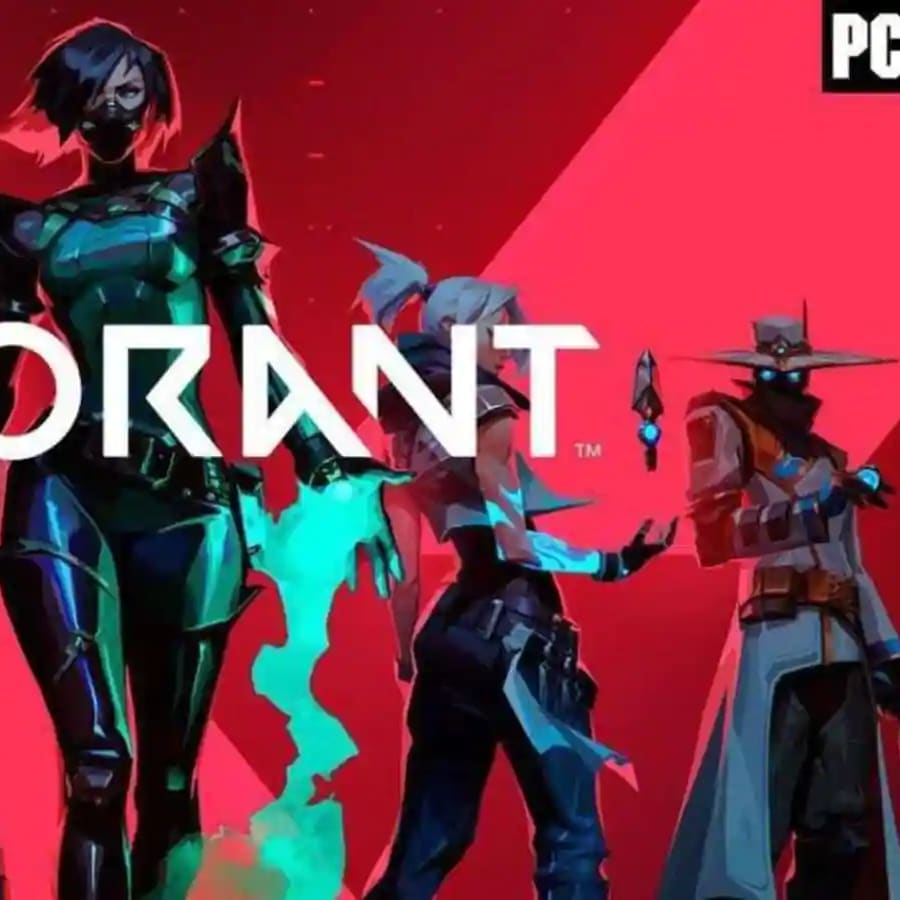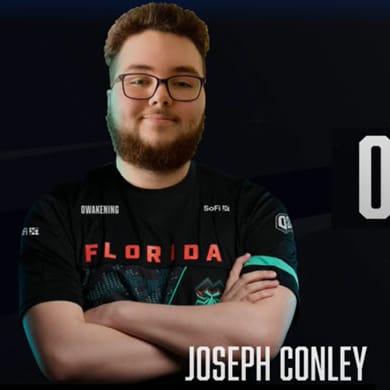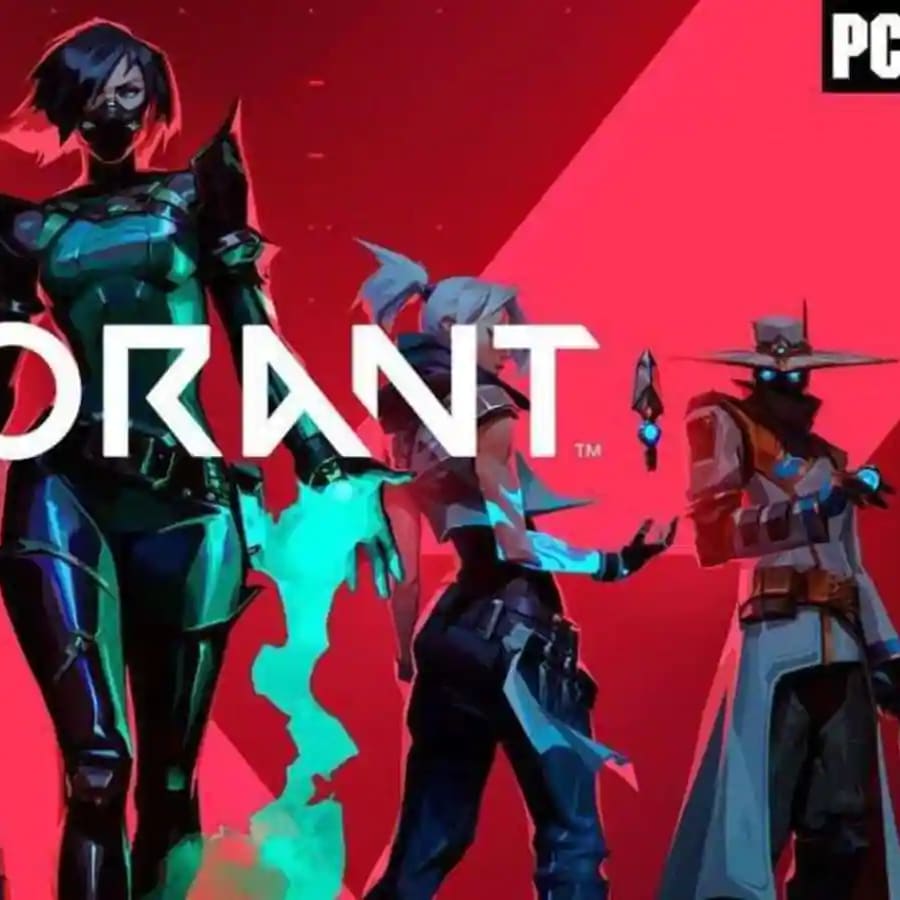This article is part of our Basics of eSports series.
It's clear that esports has been the subject of attention for quite some time, with titles including League of Legends, Dota 2 and Starcraft 2 dominating the minds of gamers, both casual and serious. There fast pace and action-packed moves left little for slower, more meticulous games like Hearthstone to grow into the esports umbrella, as the sport saw lackluster viewer numbers to start, falling to both Dota 2 and Counterstrike, averaging approximately 10,000 concurrent viewers. However, despite the rough start Hearthstone has seen a steady rise in viewership ever since the end of it's beta, and it's threatening to dethrone Dota 2 as one of the most watched esports. But what exactly is this promising up-and-coming game all about?
Hearthstone is a free-to-play digital strategy card game brought to us by Blizzard, the creators of the Starcraft, Warcraft and Diablo franchises. In Hearthstone, players choose to play as one of nine epic Warcraft heroes, taking turns playing cards from their customizable decks to cast spells, use heroic weapons or summon powerful minions to crush their opponents. Hearthstone is the latest collectible card game, similar in structure to the popular game MAGIC: The Gathering (Magic for short).
One of the brilliant things about Hearthstone, and one that separates itself from Magic, and other types of trading card games, is that it doesn't rely on complex mechanics or rule interactions to create skilled play. With only a minor number of exceptions, card effects and hero abilities are self-explanatory and do an excellent job of communicating what they do without over-complicating them. Healing Touch restores eight health. Fireball does six damage. Oasis Snapjaw is a minion with two attack and seven health. The simplicity is enticing: all you have to do is play minions, spell cards and weapons until your opponent has no health remaining and you get the victory.
Despite this being a fairly simple concept, it is not one without strategy. In fact, strategy plays a huge role in the game, similar to Magic. The winner is not simply determined by whoever gets lucky, but rather who made the most well thought out decisions that game. Even a simple card like Fireball has a wide array of uses in various situations. You must choose between using it to attack your opponent and lower his health, using it to neutralize a big minion that is threatening, or holding onto it to combo it with another card that increases the amount of damage it does. The situations are limitless and the options are plentiful. Even a card that is so self-explanatory can offer many different outcomes, making Hearthstone a game with layers of strategy, choice and mind games similar to a more flashy version of poker..
Another alluring factor towards Hearthstone is the lack of funds needed to play. One of the biggest things that keeps players away from many Collectible Card Games (other than the accessibility) is the amount needed to be competitive. Magic is an extremely expensive game, with the cost of the most complicated decks costing "thousands of dollars" while some of the most expensive Hearthstone decks cost around $300.00. Piling on to the cost is the fact that often times Magic cards are not allowed to be used, with many formats of the game banning certain cards, effectively rendering them useless.
While there are a variety of other differences and similarities between Magic and Hearthstone, the accessibility of Hearthstone has brought it to the forefront of competitive card games, with it's World Championship reaching 135,000 viewers on Twitch.tv alone and 30 million registered players as of September 2015. Additionally, spectators can watch from any point in the game, and due to it's slow-paced nature, are able to quickly catch up and understand what is happening, regardless of their personal skill level. There are plenty of opportunities to watch the professionals use their expertly crafted decks throughout the year. Dominant organizations such as Cloud9 and Natus Vincere are represented through top tier players, who rake in tens of thousands of dollars, traveling the world to compete at the highest level of international competition. With over 75 Major Tournaments in 2015 alone, fans of the game have a plethora of opportunities to watch their favorite players compete at the highest level.
Ostkaka currently trumps the list of professional players in both performance and earnings, fresh off his World Championship triumph. Despite being a World Champion, he started his career competing in small community cups and just recently gained recognition after his title. Firebat is another in the long list of legends that Hearthstone has created. He was the world's first Hearthstone Champion, claiming the title in late 2014. Along with this impressive performance, he is the most decorated player so far, claiming top two in 10 tournaments last year. These players have already solidified their spots as household names when it comes to Hearthstone, and will continue to compete among the best this year for their chance at over $1.5 million.
As a newcomer to card games I was intimidated at first by the countless card combinations and the daunting task of drafting a deck, but the overall accessibility and ease of introduction hooked me in. Hearthstone offers something that I have a chance at competing in and also enjoying. After several months of playing, I was able to achieve the rank of Legend, a title reserved for the top 0.5 percent of players. This kind of accessibility and the emphasis on strategy rather than luck or physical stature is what hooked me and millions of other players alike. The complexities of the game, while still remaining accessible to a casual audience make this one of the most fascinating esports to follow, as well as participate in.












